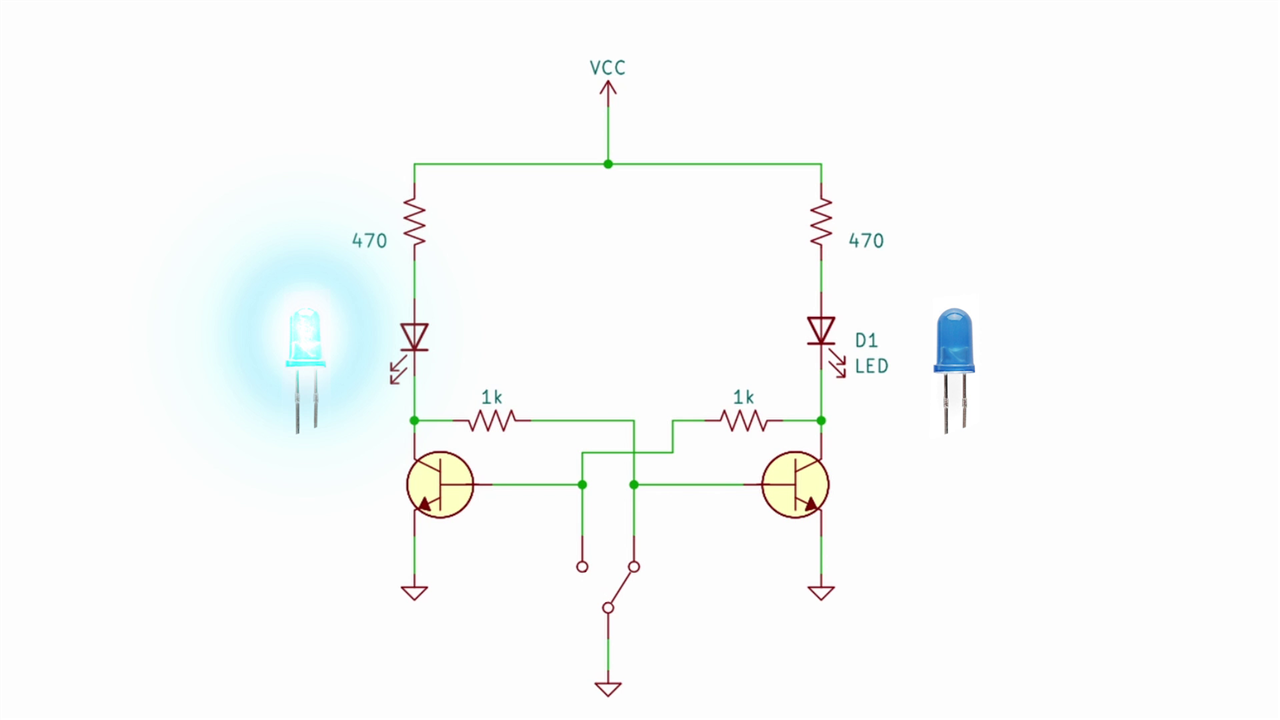In this episode of DC to Daylight, Derek explores the world of flip-flops, fundamental digital circuits essential for toggling between on and off states. Assuming a basic understanding of combinational logic, Derek constructs a simple flip-flop using a 74 LS series logic IC, giving examples of its applications, including memory storage devices and shift registers. Cross-coupled NOR gates are used to create a set-reset (SR) flip-flop. Derek showcases the flip-flop working with momentary input signals and asynchronous reactions.
Watch the Video:

Derek delves into the circuitry, demonstrating the SR flip-flop with two transistors, resistors, and LEDs. He highlights the crucial role of momentary pulses in toggling states and showcases alternative implementations using a 74LS2 quad NAND gate. Transitioning to synchronous operation, Derek introduces the Gated Set-Reset flip-flop, which responds to a control signal. The Gated SR flip-flop is implemented using a couple of AND gates. Derek also touches on the data flip-flop, combining a gate input with set and reset pins for synchronous state changes based on a single input.

The episode concludes with a discussion of the JK flip-flop, which is similar to the SR flip-flop but with one important difference: the output toggles when both inputs are high. Derek illustrates the use of JK flip-flops in creating a ripple counter, explaining how they divide the clock pulse and count in a modulus 8 sequence. The practical demonstration showcases the binary-weighted outputs of each stage, providing a tangible understanding of ripple counters.



